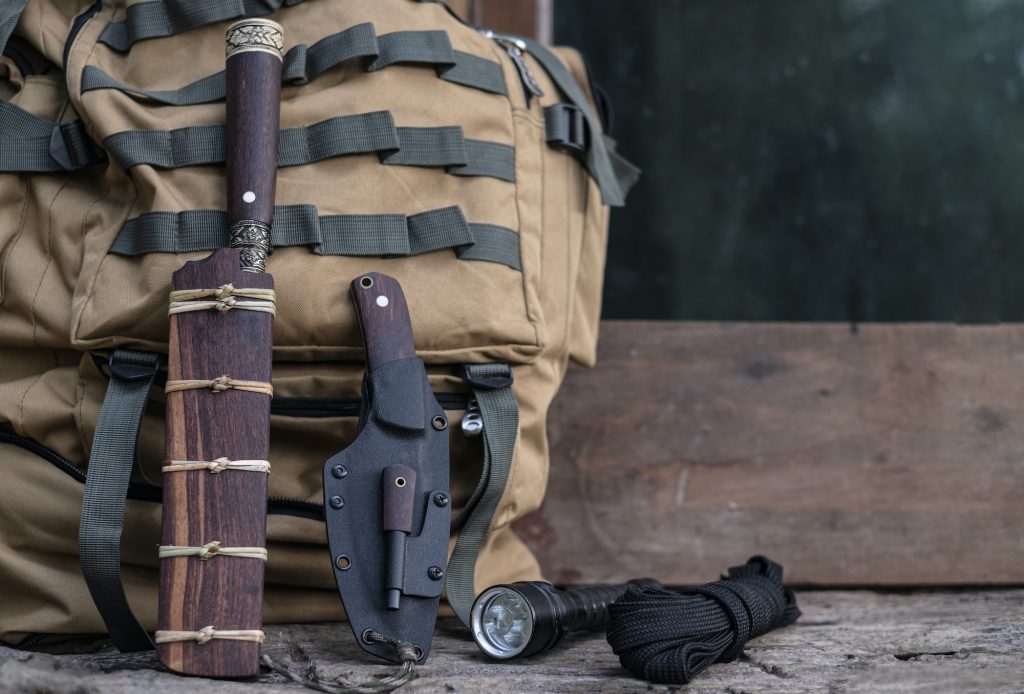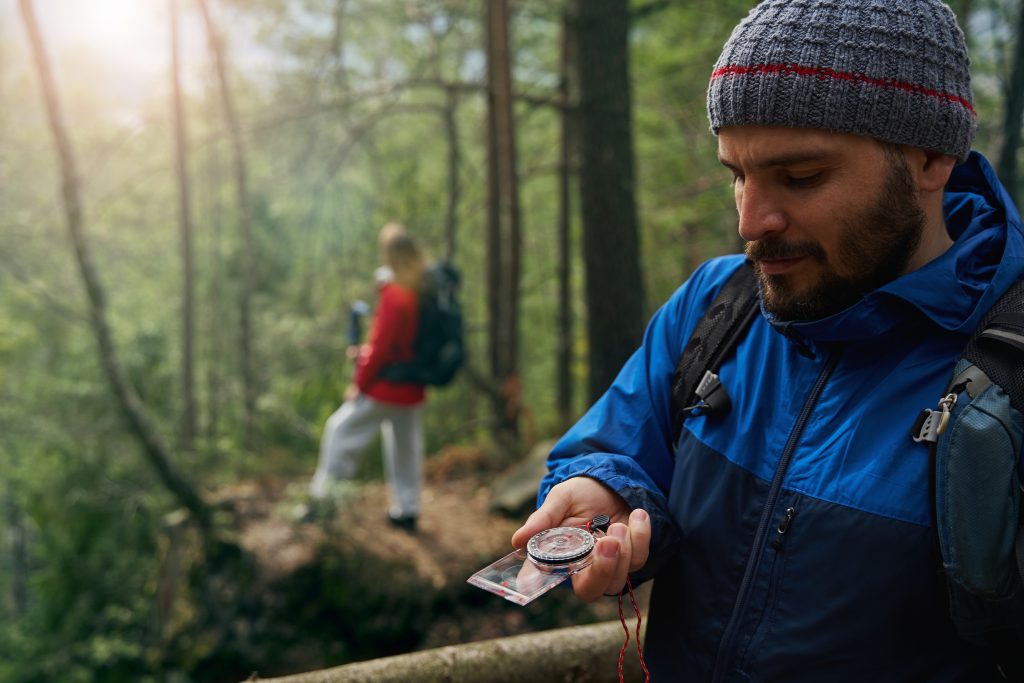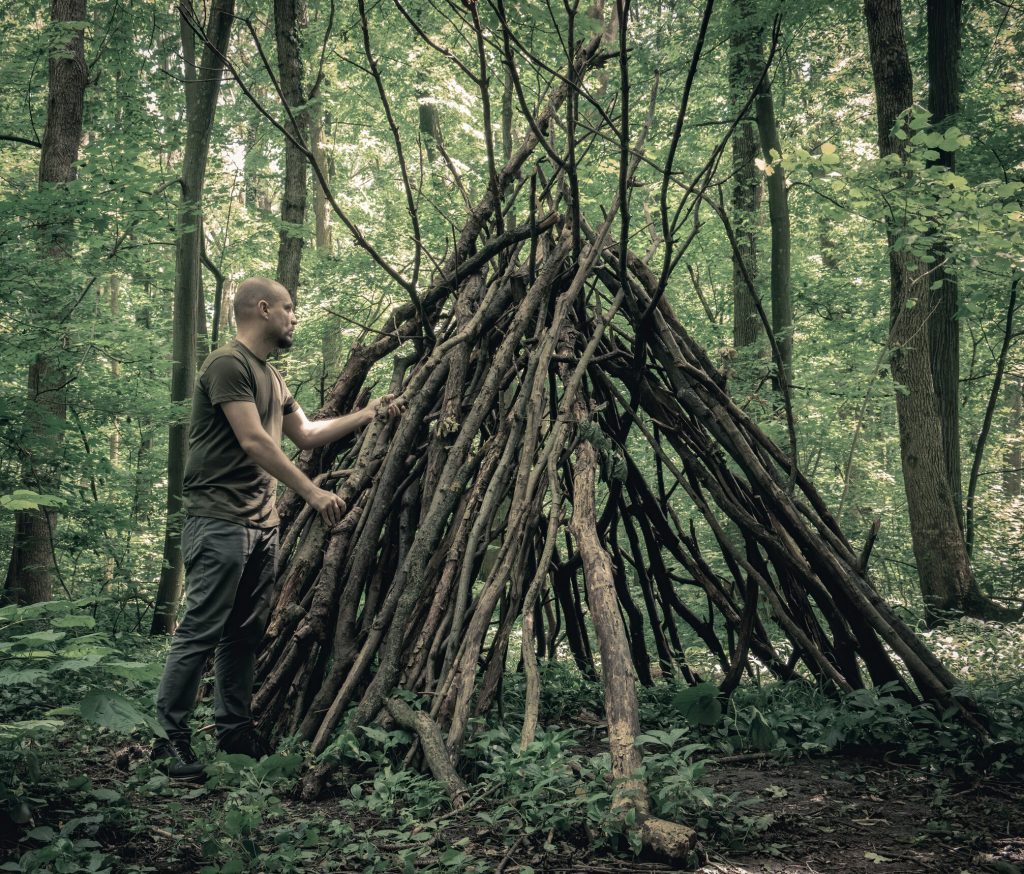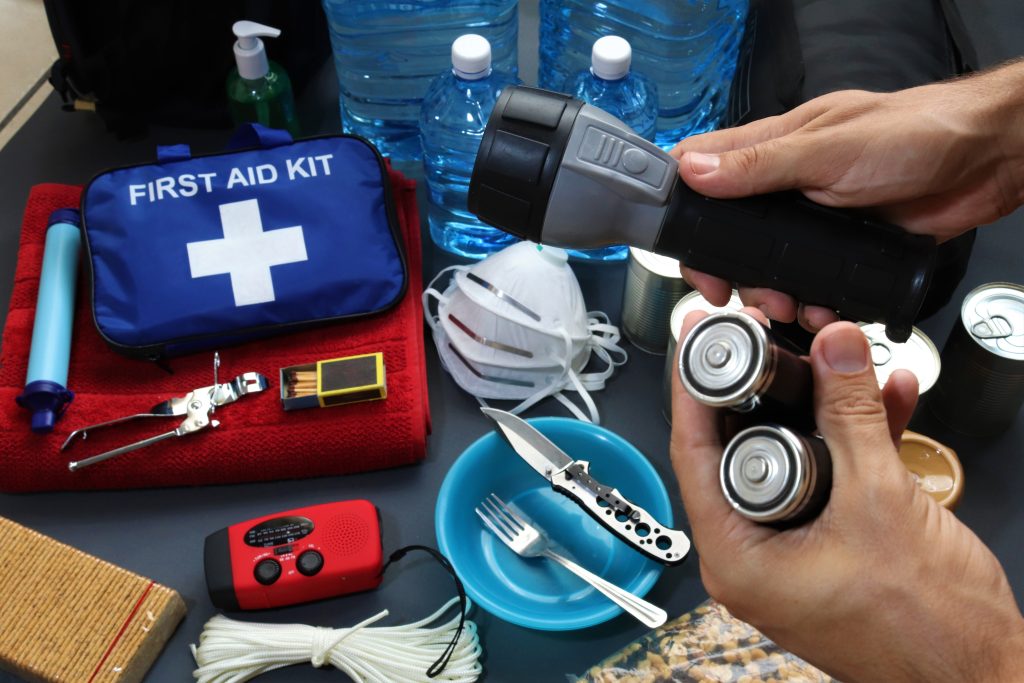Exploring the great outdoors can be an exhilarating experience, but it’s crucial to be prepared for unexpected situations, such as getting lost in the woods. Whether you’re an avid hiker, a nature enthusiast, or a casual adventurer, knowing how to navigate and survive when lost is a vital skill set. This article aims to provide intelligent and informative guidance on navigating the woods, offering essential tips and strategies to help you stay safe, calm, and increase your chances of being found or finding your way back to civilization.
- Prepare Before You Go (Approximately 150 words): One of the most effective ways to navigate the woods when lost is to prepare adequately before heading out. This includes:
a. Researching the Area: Familiarize yourself with the terrain, climate, and wildlife of the region you plan to explore. Take note of any potential hazards or landmarks.
b. Informing Others: Let someone reliable know about your trip, including your planned route, expected duration, and when you’ll return. This information is vital for search and rescue efforts in case of an emergency.
c. Packing Essentials: Carry a well-equipped backpack with essentials such as a map, compass, GPS device, whistle, flashlight, extra clothing, food, water, first aid kit, and a signaling mirror. These tools can significantly assist you in navigation and survival.
- Stay Calm and Assess the Situation (Approximately 200 words): If you find yourself lost in the woods, it’s crucial to remain calm and assess the situation objectively. Panic can cloud your judgment and hinder your ability to make rational decisions. Follow these steps:
a. Stop and Stay Put: As soon as you realize you’re lost, stop moving. Staying in one place increases your chances of being found and prevents further disorientation.
b. Use your Senses: Listen for sounds of civilization, observe your surroundings, and take note of any natural landmarks, such as mountains, rivers, or distinctive trees. These cues can help you regain your bearings.
c. Map and Compass: Consult your map and try to identify your approximate location. Use your compass to determine the correct direction for potential escape routes or the way back to a known landmark.
d. Daytime Navigation: If it’s daytime, you can use the position of the sun to estimate direction. The sun rises in the east and sets in the west, giving you a general sense of orientation.
e. Nighttime Navigation: During the night, find Polaris, the North Star, if you’re in the northern hemisphere. It remains relatively stationary and can guide you in the right direction.
- Navigation Techniques (Approximately 350 words): When lost in the woods, it’s essential to employ effective navigation techniques to maximize your chances of finding your way out:
a. Retracing Steps: If you have a general sense of where you deviated from your intended path, consider retracing your steps. Look for familiar landmarks or signs of your previous passage.
b. Following Water: Streams, rivers, and other bodies of water tend to lead to civilization. Following water downstream can increase your chances of finding help.
c. Trail Markings: If you were on a designated trail, look for any trail markings, such as blazes on trees, cairns, or signs, to guide your way back to the trailhead.
d. Natural Navigation: Observing natural indicators like moss growth on trees (which tends to grow on the north side in the northern hemisphere), prevailing winds, and the behavior of animals can provide hints about direction and possible escape routes.
e. Sound and Civilization: Listen for sounds of human activity, such as roads, vehicles, or people talking. Move towards those sounds, which may lead you to safety.
- Safety Measures and Signaling for Rescue (Approximately 200 words): While attempting to navigate and find your way out, it’s crucial to take safety measures and utilize signaling techniques to increase your chances of being rescued:
a. Shelter and Fire: Constructing a shelter using natural materials can provide protection from the elements. Building a fire helps keep you warm, provides a signal for rescuers, and boosts morale.
b. Signaling for Rescue: Use a whistle, mirror, bright-colored clothing, or reflective materials to attract attention. Create a distress signal, such as three loud shouts or three fires in a triangular pattern, to alert potential rescuers.
c. Stay Hydrated and Conserve Energy: Drink water regularly to stay hydrated. Conserve energy by avoiding unnecessary physical exertion and maintaining a positive mindset.
d. Be Visible: If you need to move, do so during daylight hours to increase your visibility. Make noise, clap, or whistle intermittently to alert rescuers of your presence.
Getting lost in the woods can be a daunting experience, but with the right knowledge and approach, you can navigate your way out safely. Remember to prepare adequately before your trip, stay calm, assess the situation, and employ effective navigation techniques. Additionally, take safety measures and utilize signaling methods to increase your chances of being rescued. By following these intelligent and informative tips, you’ll be better equipped to navigate the woods and increase your chances of a successful outcome when faced with the unexpected.














